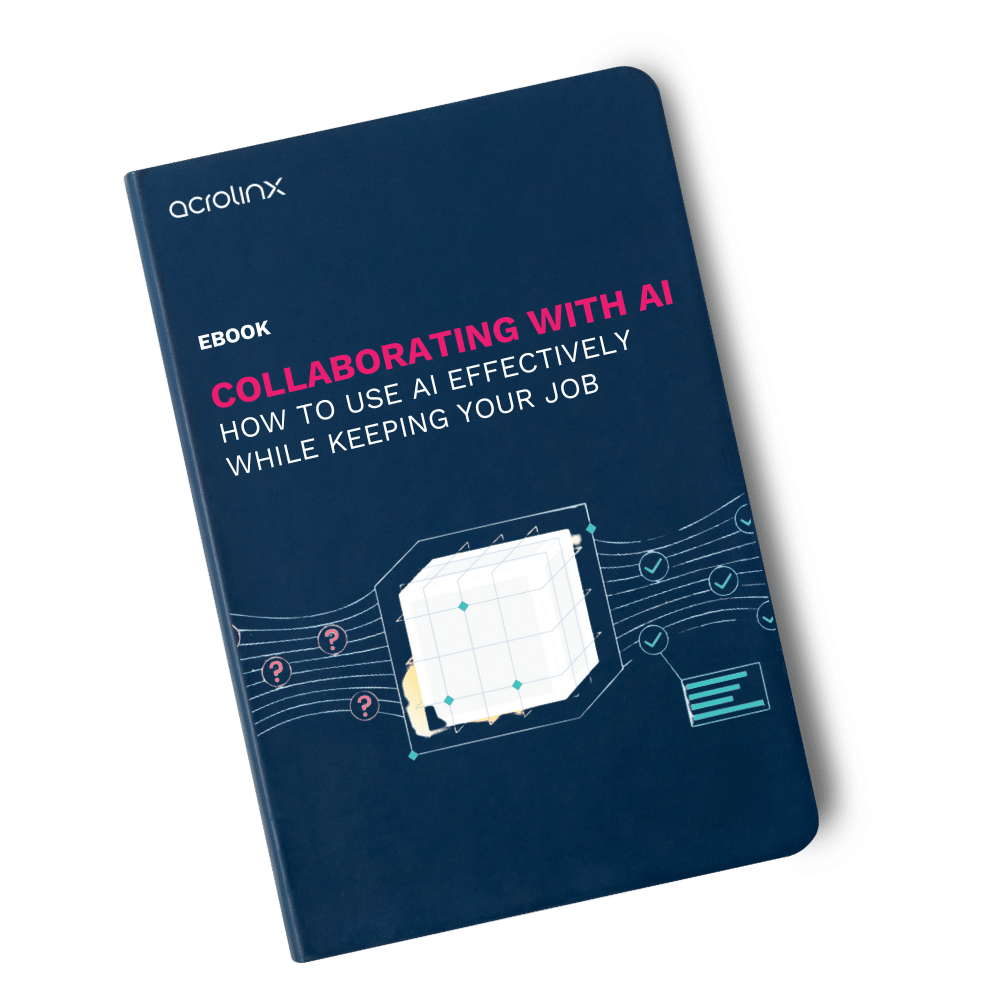
What does sustainable SEO mean for your digital content strategy?
What does it take to rank #1 on top search engines and keep outranking your competition over longer periods of time?
SEO is hard work, which is why your strategy needs to prioritize sustaining the long-term effectiveness of your content. Gone are the days where a few keyword tricks and mass-produced content are enough to get you the traffic you need – we’ve officially entered a new era of content production, including sustainable SEO.
A sustainable SEO content strategy allows you to continuously publish content of value. It does that with content relevant to your audience and business and gets stronger results without draining your resources.
Goodbye mass-produced content
SEO is crucial for building a strong brand identity and making sure people can find genuinely helpful information that matches their search query. That’s why search engines like Google aim to organize that information to make sure people are discovering what is most relevant to them.
| Did you know? Google owns just under 92 percent of the global search engine market. The next biggest global search engines are Bing (2.75 percent) and Baidu (1.9 percent) (Source: Marketing Evolution) |
When SEO first started, an acceptable practice was to create content on almost any topic somewhat related to your business to generate traffic to your website. Once you got that traffic to your website, it was then time to try and sell that audience your service or product.
Today more than ever, it’s incredibly important that your content relates to who you are and what you do. Irrelevant content doesn’t work. It’s a wasted effort of precious resources because it’s not aligned with your business; and search engines know. For example, Google will question if you’re trustworthy, or if you truly have authority over what you do, if you publish anything less than strategy-aligned content that reflects your brand and audience. It does that by rating your content against what Google calls the E-A-T: Expertise, Authoritativeness, and Trustworthiness scale.
You might ask, why does it have to do that? Because that’s what your target audience will do if they have an incongruent content journey. On-brand, and audience-aligned content delivers a unified and frictionless customer experience. Which in turn, is great for business.
The future is sustainable SEO
Let’s quickly review how search engine algorithms respond to content today.
The Google algorithm works by looking and learning from how content around a certain topic is spoken about across the web. It feeds that into machine learning and learns an expected standard of how people should be talking about that topic. Then, it checks whether your website content aligns with that standard or not. Google applies such scrutiny to your content because it’s trying to assess content the way your audience does.
Does your content speak and structure information in a way that’s genuinely helpful? And how do you sustain that when the needs of your audience change?
Sustainable content = sustainable SEO
Did you know that legacy content from yesterday (*cough* years ago *cough*) might be affecting today’s content performance?
Search engines like Google don’t just look at individual content pieces and whether they have all the ingredients to rank well. Google’s RankBrain analyzes quality at a domain level, so if you have poor quality content anywhere on your website, it could be actively diminishing the worth of even your best content.
Put simply, your SEO content strategy and your content strategy aren’t as separate as you think, because well-written, well-researched, and somewhat original content is “all” it takes for great search engine performance.
“Google likes great content, but not if it’s just like everyone else’s. Make it great and make it usable, and Google will turn it into a sustainable piece on its own.” – Dan Shaffer, Marketer at WebFX
Content is primed to perform well long term when it:
- Preempts consumer’s next questions and needs
- Is very clear about what you do and why
- Has a strong topical focus that relates to your business
- Contains information or insights that are genuinely helpful
- Avoids duplicate content
- Updates legacy content or deletes it entirely
- Addresses technical issues that might be affecting your SEO
- Links to reputable sources
Let’s elaborate on the above dot points. If the quality of your content is good enough (adequately answers a question your audience has), it’s likely that you’re going to be using all the right keywords without even trying. Bold statement of the year! That’s not to say keyword research isn’t worth it, but you should be using it to understand your audience’s search intent, rather than collecting keywords to stuff into content after (or while) you’re writing it.
If part of your content strategy is reusing and repurposing content that already performs well, you’re well on the way to success. On the other hand, if you’re replicating or reusing content that’s off-tone, with inaccurate terminology, or isn’t inclusive (for example) you’re just multiplying the same underwhelming experience at different points in your content journey. Which means to multiply the chances your audience has not to convert through content or because they feel like they’re wasting their time.
Our point? SEO practices that sustain their value start with content strategies that maximize the value of content at every stage of its lifecycle!
Creating lifetime business and customer value through SEO
With all the content in the world, some say the problem isn’t just too much content, – but that consumers just don’t want to absorb it, because they know they’re being marketed to.
During a recent Content Marketing World conference, Sitecore Product Marketing Director (Experience Platform) Jill Grozalksy Roberson suggested that 47% of people are seeking downtime from the internet due to digital fatigue. Sustainable content puts some integrity back into content creation with the understanding that we’re taking up valuable minutes of someone’s lifetime when they read or engage with our content. It has to count.
It also has to be worthwhile for your enterprise. A lot of time and money goes into creating content, so if it doesn’t lead to desired business outcomes, it becomes a wasted investment. Technology can help toward the pursuit of sustainable content and sustainable SEO practices by monitoring the microchanges in your audience’s needs, and helping you identify which content you need to update to stay relevant.
Sustainable SEO means content that lasts and builds value over time, but to do that at scale, you need an enterprise content impact platform.
Acrolinx: Findability as a content goal
Here at Acrolinx, we call the certain characteristics of search-engine-friendly content “findable content.” Findable means that it’s achieving the consistency, clarity, and cohesive brand style you need to impress both Google and your target audience.
How can you improve content findability? By using Acrolinx! Acrolinx analyzes content to ensure it’s well structured, uses the right terminology, and adheres to best practices for search engine optimization. This makes the content more easily discoverable by search engines and users alike.
Acrolinx is an AI powered platform that improves the quality and effectiveness of enterprise content. It scores your content and collects your performance data from your web analytics platform so you can view your content’s performance through
several lenses to understand which content improvements will have the greatest impact on engagement and conversion. With the added option for automation, Acrolinx can check and identify underperforming content. You can then allocate content to update the prioritization list and share this list with the appropriate writing and editing teams. Acrolinx will guide your teams on what to improve, wherever they work on content.
Want to understand how the quality of your enterprise content might be affecting your SEO? Get in touch with us today!
Are you ready to create more content faster?
Schedule a demo to see how content governance and AI guardrails will drastically improve content quality, compliance, and efficiency.

Kiana Minkie
She comes to her content career from a science background and a love of storytelling. Committed to the power of intentional communication to create social change, Kiana has published a plethora of B2B content on the importance of inclusive language in the workplace. Kiana, along with the Acrolinx Marketing Team, won a Silver Stevie Award at the 18th Annual International Business Awards® for Marketing Department of the Year. She also started the Acrolinx Diversity and Inclusion committee, and is a driving force behind employee-driven inclusion efforts.





